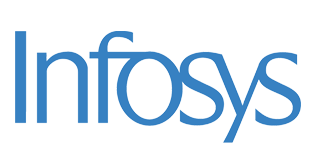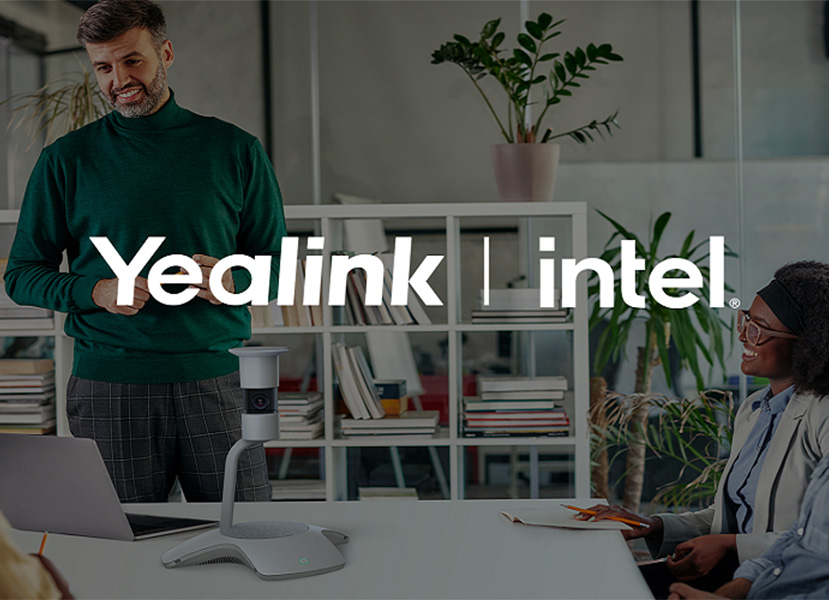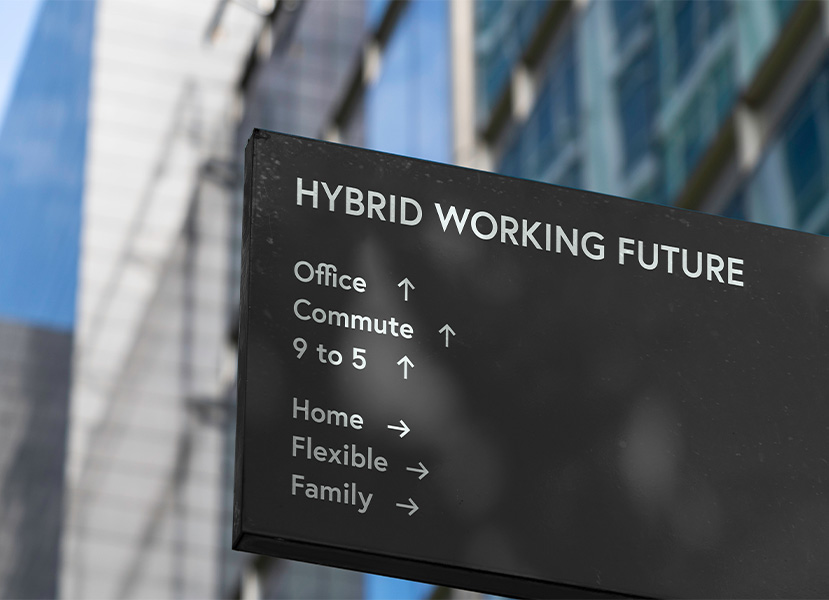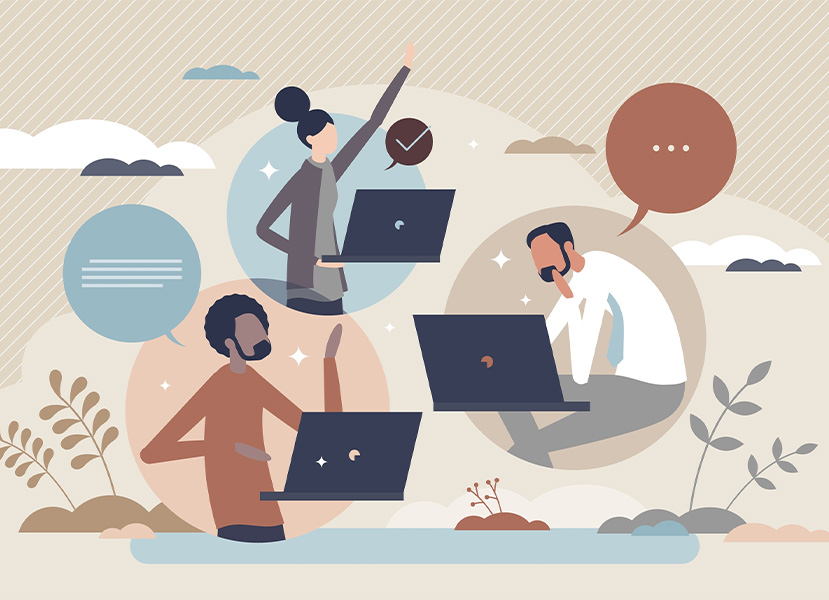The traditional classroom is evolving. With the advancement of technology, we can expect to see significant changes in the way we teach and learn. The classroom of the future will be a place where students can interact with digital content, collaborate with their peers, and explore new ideas in innovative ways. In this article, we will discuss the ways that new technology can and will be integrated into the classroom in the near future.
One of the most significant changes we can expect to see in the classroom of the future is the integration of artificial intelligence (AI). AI can provide personalized learning experiences for students, catering to their strengths and weaknesses. For example, AI algorithms can create custom learning plans for individual students, providing them with the resources and support they need to succeed.
Moreover, virtual and augmented reality (VR and AR) will become commonplace in the classroom of the future. VR and AR can create immersive and interactive learning experiences that bring the content to life. For example, students can explore historical events, visit other countries, or witness scientific phenomena in a way that traditional methods cannot replicate. This can enhance engagement and retention of information.
Another technology that will become more prevalent in the classroom of the future is gamification. Gamification is the process of adding game elements, such as points, rewards, and challenges, to non-game contexts. In education, gamification can make learning more enjoyable and engaging for students. For example, teachers can create educational games that teach students important concepts in a fun and interactive way.
In addition to AI, VR/AR, and gamification, we can expect to see the integration of collaborative tools in the classroom of the future. Collaborative tools can facilitate group work and communication among students, enabling them to share ideas and learn from each other. For example, students can collaborate on projects using digital whiteboards or work together on assignments using cloud-based tools.
Another technology that will become more prevalent in the classroom of the future is adaptive learning software. Adaptive learning software uses data analytics and AI to create customized learning experiences for students. The software can track a student’s progress and adjust the content to match their level of understanding. This can lead to more efficient and effective learning.
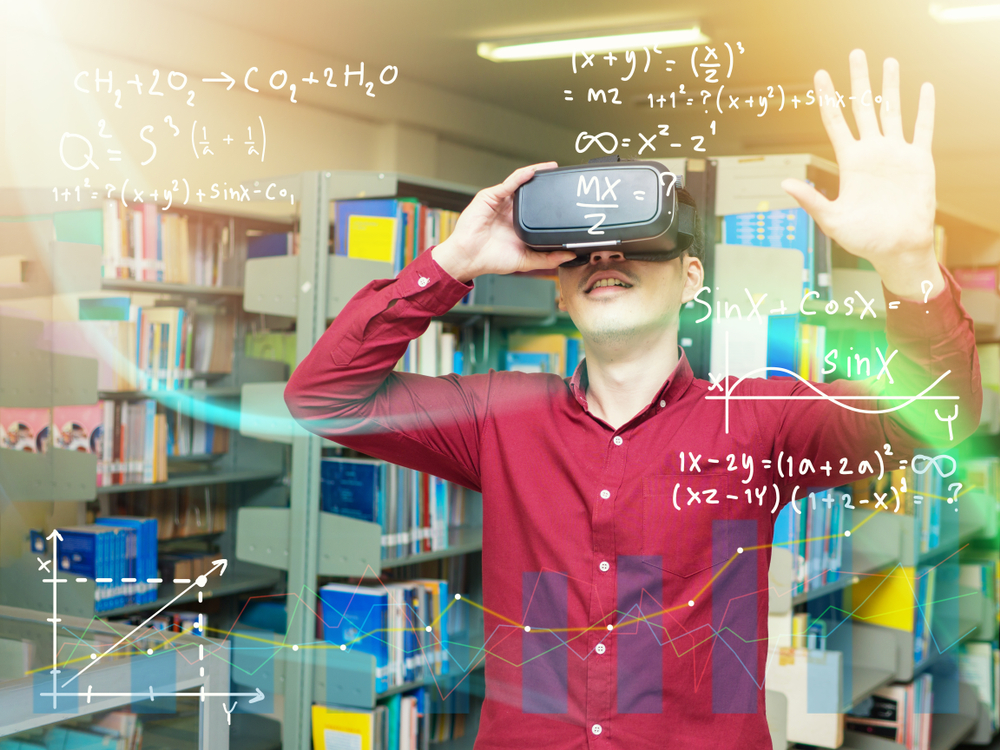
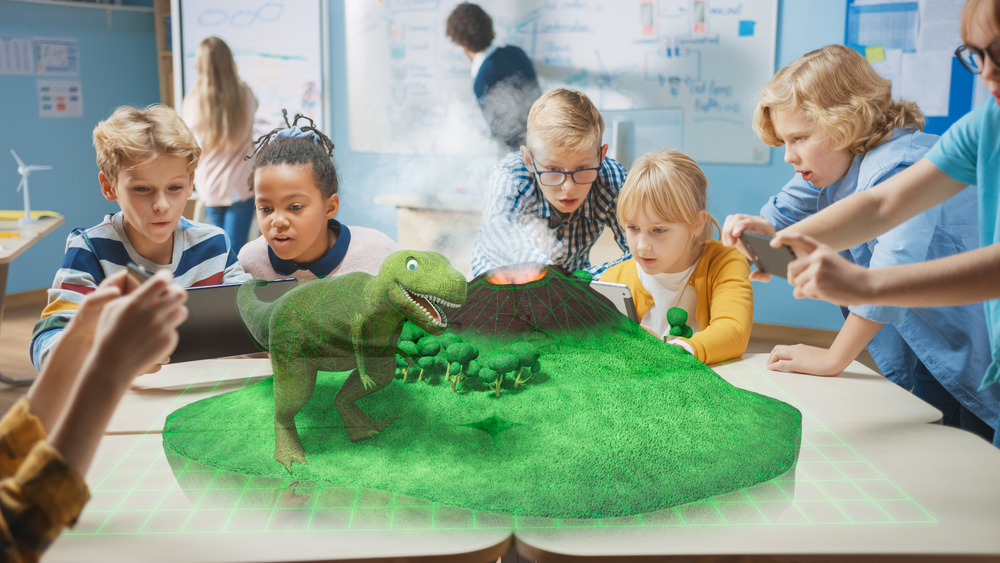
Furthermore, the classroom of the future will be equipped with smart devices and the Internet of Things (IoT). Smart devices can automate tasks, such as taking attendance or grading assignments, freeing up time for teachers to focus on teaching. IoT can also provide real-time data on the classroom environment, such as temperature, noise levels, and air quality, ensuring that students are learning in a safe and comfortable environment.
